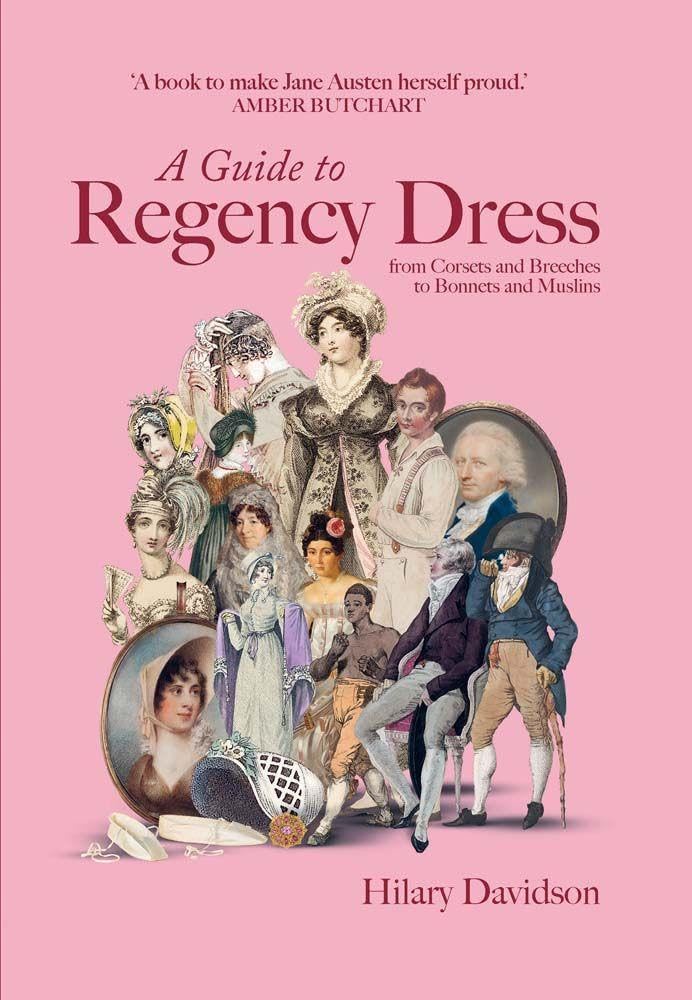
Hmm. Effective romance also works when the reader cares about characters and what those characters experience within a story. Anticipation...a building of tension...multiple conflicts...inner struggles...cliff hangers...a big finish with a satisfying resolution...aahh, no wonder why romance and suspense go together like peanut butter and jelly!
Romance writers must be suspense writers. Suspense is uncertainty. Romance, even with a happy ending, is dealing with uncertainty. It doesn't matter if we're writing "romantic suspense" or "traditional romance" (whatever that may be!) -- we just want the reader to keep turning the pages of our story because they have the need to know "what happens next?" to the characters they care deeply about.
So "suspense" as a technique can seem simple enough to define (different ways to create and escalate the sense of uncertainty for what happens next). It doesn't have to be dark and sinister, but when we think about "suspense" as a genre...well, we think dark and sinister. We can (and do) divide suspense into categories like thrillers, mysteries, and horror novels. Those seem to be The Big Three of suspense, with many more sub-genres. In a "thriller" genre, for instance, which often contains a conspiracy of some sort, there are legal thrillers, medical thrillers, action thrillers, political thrillers, and more. (See more on this division here at Writing Suspense Novels and Thrillers.) Obviously, there are many different "backgrounds" of suspense to consider for plots and characters.
At least the romance genre doesn't do that.
What? Not so? Okay, so there are just a few romantic sub-genres! And what happens when Romance (and their offspring) are introduced to The Big Three of suspense (and their offspring)? We get more sub-genres. Or maybe we don't acknowledge the suspense pedigree. We might use nearly every one of the suspense "tricks" in our book and still not think of our story as fitting the suspense genre. Here are more than a few great ones from Writer's Digest...9 Tricks to Writing Suspense Fiction.
But we know, deep down, that the conflicts The Big Three bring to the table are dramatic (read: interesting!). Revenge, for instance, with its strong ties to a background in the more sinister side of suspense, will try its darnedest to overshadow the Romance. It thinks it has the advantage over Romance because suspense goes with revenge like...well, you know!
That's the thing about "suspense food." It's not as exotic as we might think. No matter how far the story branches off from the "genre family tree" it will still have characters who always, always need suspense to thrive and grow. We might be leery of inviting The Big Three to our romance picnic, but they don't eat different "suspense food." It's still peanut butter and jelly.
So what can a romance writer take from rubbing elbows with the suspense genre's Big Three? And what does the Romantic Suspense crowd have to add?
In Part 2 and 3 we'll look at both these questions. And our first stop is a spooky mansion...
Suppose you are a romance writer who want to learn more about suspense. You're invited into the home of one of The Big Three suspense writers. The butler leads you into a dimly lit study where you see a familiar portrait, an infamous silhouette, hanging over the fireplace. You take a seat in a wing back leather chair and the butler leaves you alone to wait for the master of the house.
To be continued...








No comments:
Post a Comment